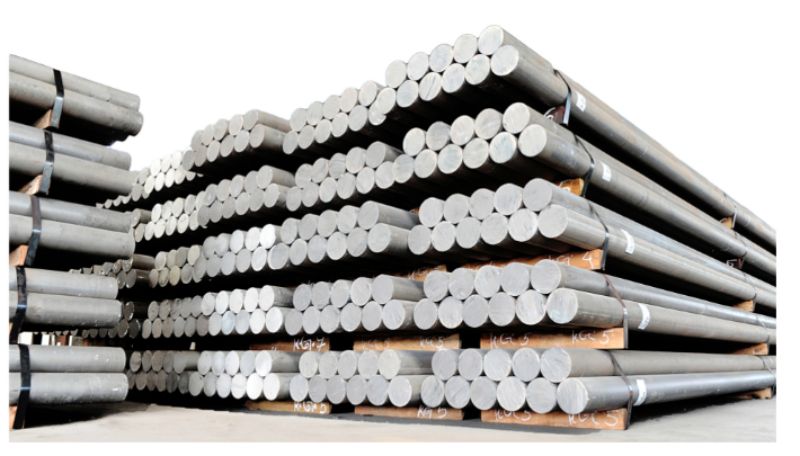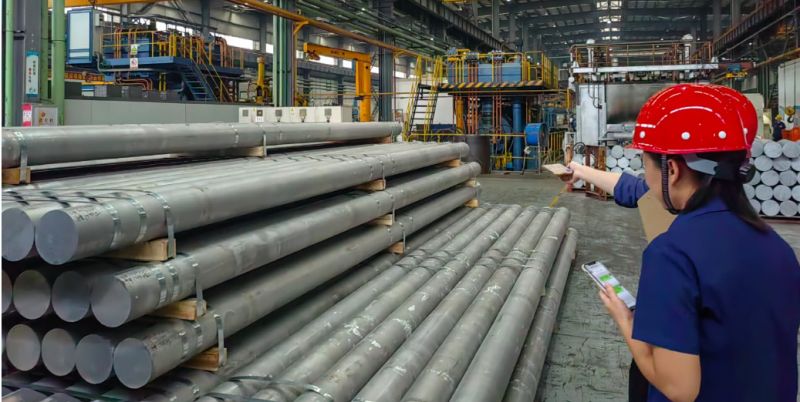Aluminum billets refers to a semi-finished product made of aluminum that is typically in a cylindrical or rectangular shape. Billets are generally made through a process known as casting, whereby molten metal is poured into a mold and allowed to cool and solidify into the desired shape
Billets have a wide range of applications in the manufacturing industry due to their versatility and durability. They are used to develop several types of mechanical components such as pipes, rods, bolts, and shafts. The billet is usually placed on a lathe machine which rotates the material against a cutting tool to shave the material off and create the intended shape. This process is called turning, and it is used in situations where high precision is required or for materials that cannot be shaped in any other way. Once the billet has been turned, it is further processed using a CNC (Computer Numerical Control) machine – a re-programmable machine that uses computer programming to control its movement and tooling speed. Finally, the billet is cut into smaller pieces, and the components are given the finishing touches to prepare it for assembly.
Let’s discover how billets are made. The process begins with the extraction of raw materials, which are then melted down and cast into semi-finished forms. Here’s a step-by-step breakdown of the manufacturing process:
Step 1: Selection and Extraction of Raw Materials
The process begins with the selection of raw materials. Aluminum billets are typically made from aluminum scraps or primary aluminum. The choice of raw materials depends on factors such as cost, desired alloy composition, and availability.
Step 2: Smelting and Refining
Once the raw materials have been extracted, they are melted down in a furnace to remove impurities and create a uniform consistency. This process is known as smelting, and it involves heating the materials to very high temperatures until they become molten. After smelting, the material is refined to create a purer form of metal. This process involves removing any remaining impurities and adjusting the chemical composition of the metal to achieve the desired properties.
Step 3: Billet Production
Once the metal has been refined, it is cast into billet form. This involves pouring the molten metal into a mold, where it cools and solidifies into a long, cylindrical shape. Once the billet has solidified, it is removed from the mold and transported to a rolling mill. At the mill, the billet is reheated and passed through a series of rollers to reduce its diameter and increase its length. This creates a semi-finished product that can be reworked into a variety of shapes and sizes.
Post time: Mar-08-2024


